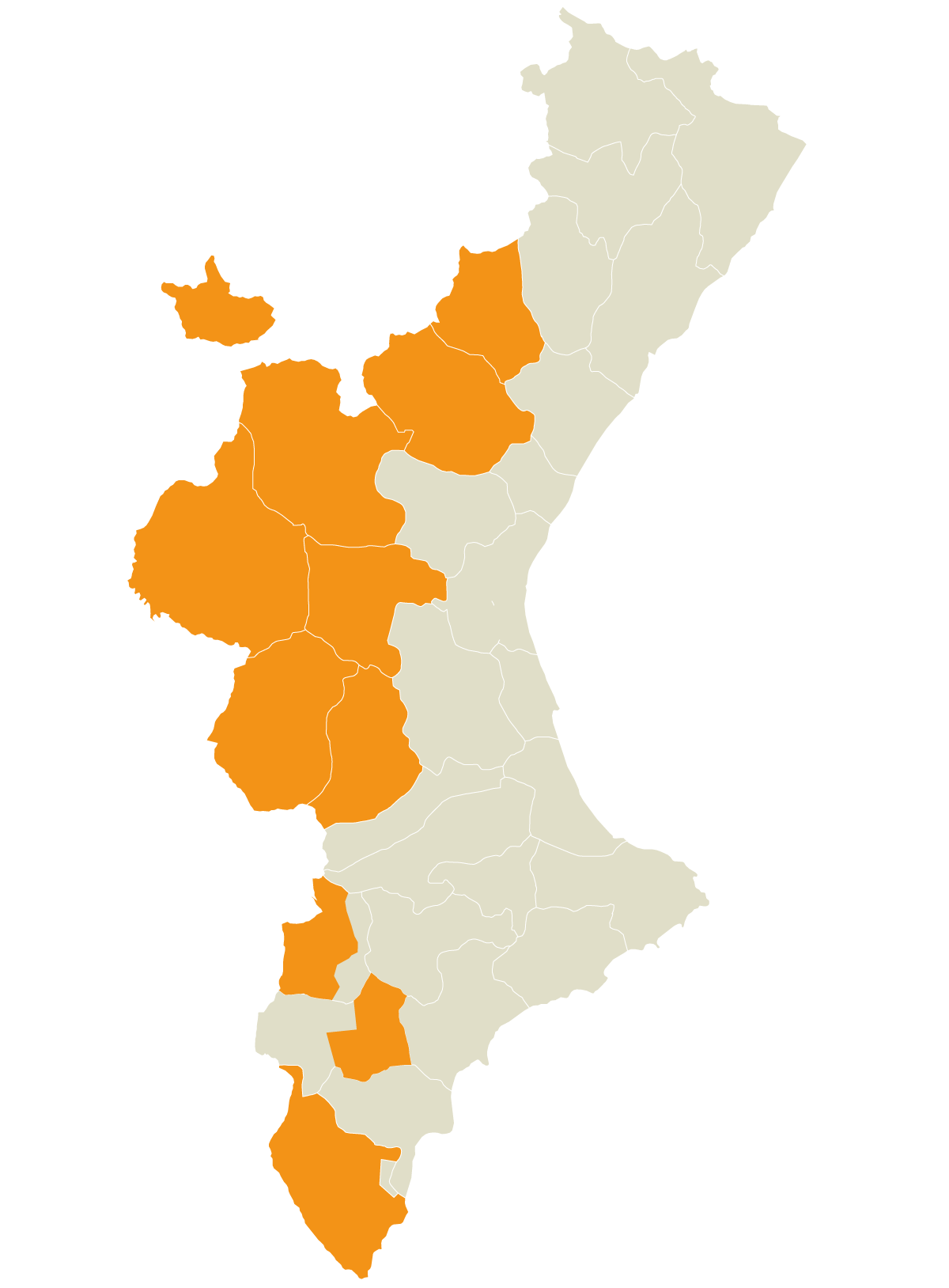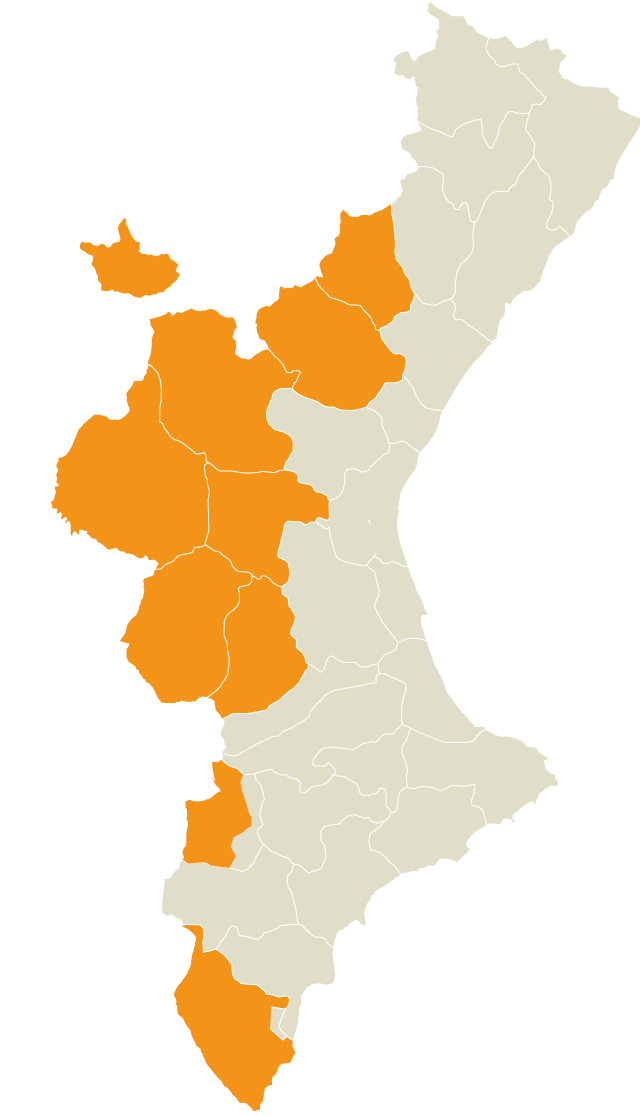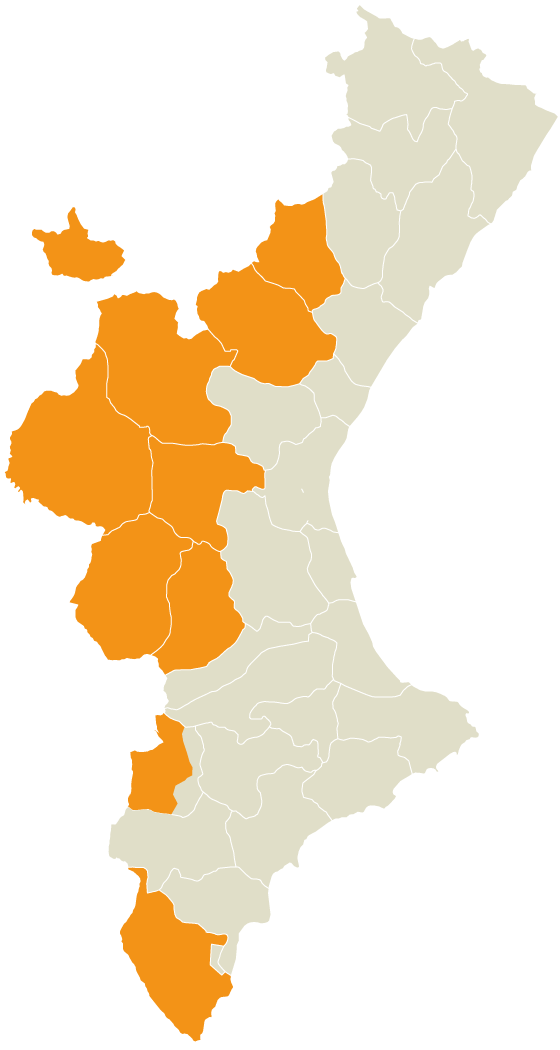Families accuse the Generalitat of not respecting the results of the language consultation in Spanish-speaking areas.
The regional ministry maintains that it has implemented what the parents voted for in 99.67% of cases.

Valencia99.67% of pre-school and primary school students in the Valencian Community will study in the language chosen by their families during the 2025/2026 academic year. This was confirmed on Tuesday by the Regional Minister of Education, Culture, Universities, and Employment, José Antonio Rovira, who defended his department's respect for the wishes of the educational community. Organizations such as Families for Valencian do not agree, denouncing the Catalan government's violation of the results of the consultation in the classroom, especially in the eight regions where Spanish is the language of choice.
Specifically, the result of the vote, held between February 25 and March 4, was that 50.53% of families chose Valencian as their majority language, compared to 49.47% who chose Spanish. In terms of levels, 53.81% preferred Catalan in preschool, 50.68% in primary, and 47.10% in secondary.
As Rovira explained this Tuesday, the survey figures have meant that next year, Valencian will be the majority language in 43% of preschool classrooms—ten points less than the result—and in 52% of primary classrooms. Looking at the data by region, in the region where Valencian is predominantly spoken, Catalan will be the majority language in 50% of preschool classrooms and in 60% of primary classrooms. In contrast, in the region where Castilian is predominantly spoken, Catalan will be the majority language in 80% of preschool classrooms and in 99% of primary classrooms.
The regional ministry maintains that it has responded to the demands of families who decided to vote for Valencian in the predominantly Castilian-speaking region by creating 40 classrooms—nine preschool classrooms and 31 primary classrooms. These are eight regions—Valencia has 33—where Catalan language study remains voluntary due to an exemption in place since 1983, which was initially defined as temporary.
"The regional ministry has not respected the results."
The Famílies pel Valencià group doesn't see it that way, complaining that in these regions the regional government "has not respected the results of the consultation and, in some cases, has ignored the majority's votes." They cite examples such as the two public schools in the town of Buñol. In the third-grade class at the Colegio San Luis, the result was 83.33% for Valencian and 16.67% for Spanish. Now, however, the Generalitat has offered fourth-grade classes one group in Valencian and one in Spanish. The same is true at the Cervantes school, also in third-grade classes, where the result was 89.47% for Valencian and 10.53% for Spanish, and now the regional government is offering a group in each language. Families for Valencian recalls that the education law stipulated that in schools with two lines, if one of the two languages reached 75% or more of the votes, both lines must be offered in the same language.
Even more shocking is the case of the Maestro Juan Bernia school in Pedralba, where, although Valencian won in 4th grade with 57.14% of the votes, only one group in Valencian was offered in 5th grade for the 2025-26 academic year. This is the same case as the Fabián y Fuero School in Villar, where Catalan won in 2nd grade with 54.55% of the votes, and the only group offered is in Spanish.
Families for Valencian describe as a democratic anomaly that in the Serranía region, where Valencian was the most voted language with 51%, only 6 groups are offered in Valencian compared to 68 in Spanish. In towns such as Alcubles, Ares dels Oms or Bugarra, where Valencian was clearly the most voted language – 74.07%, 69.23% and 84%, respectively – no groups were offered in Catalan.
What was chosen in the consultation?
It's worth remembering that in no case have families had the option of choosing models close to language immersion, which experts point to as the most suitable for ensuring true proficiency in a minority language such as Valencian. In fact, families have only had to choose the majority language of instruction. However, as with everything in the Valencian Community, there are significant regional differences. In 25 of the 33 regions, in the pre-school stage, the language chosen (Catalan or Spanish) may occupy a maximum of 65% of the teaching time, with a minimum of 25% for the other co-official language and 10% for English.
In primary, secondary, and high school, English will occupy between 15% and 25% of the teaching time. In these three stages, the difference in the use of instruction between Valencian and Spanish must not exceed 20%, and no language may be used for less than 25%. On the contrary,in the eight regionsWhere Catalan has historically been underrepresented and where the study of Valencian remains voluntary—citing its limited historical presence—in pre-school, Valencian and English will occupy 10% of the time, while in primary, secondary, and high school, Catalan will be optional. In contrast, English will represent between 15% and 25% of the hours.



